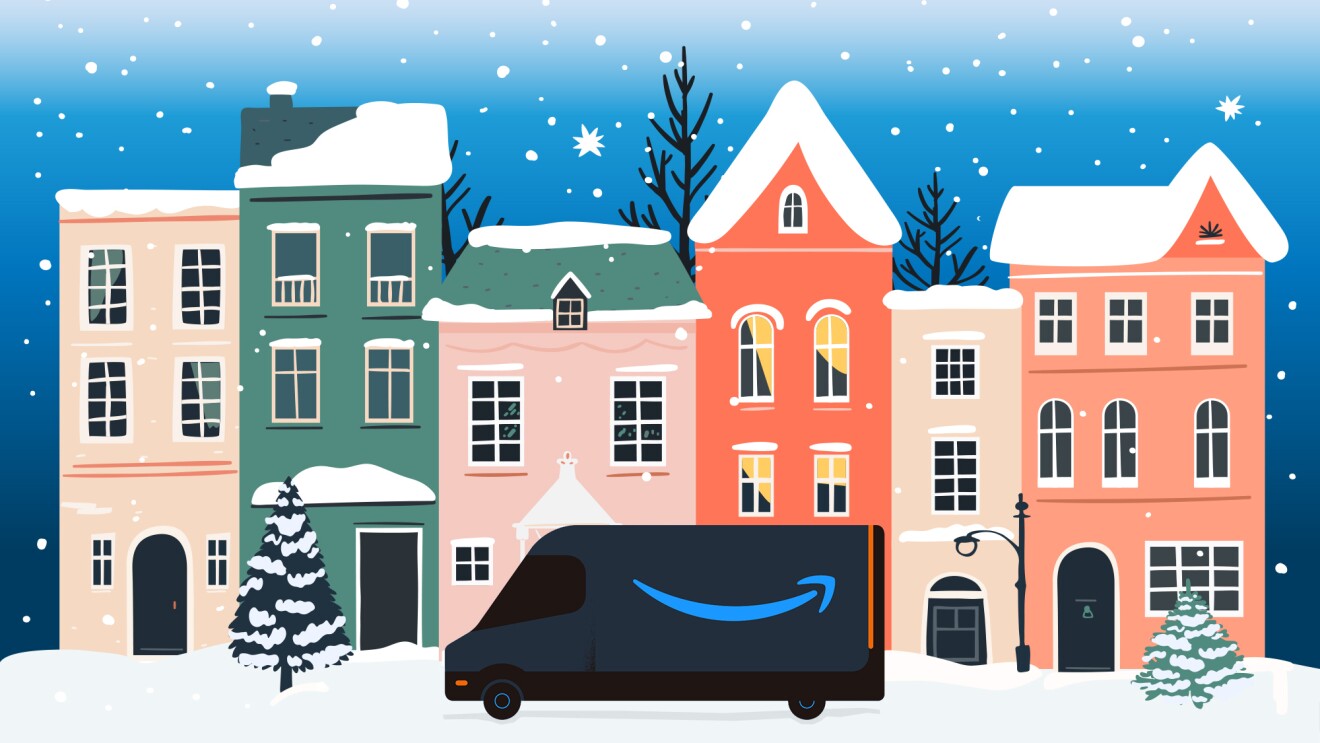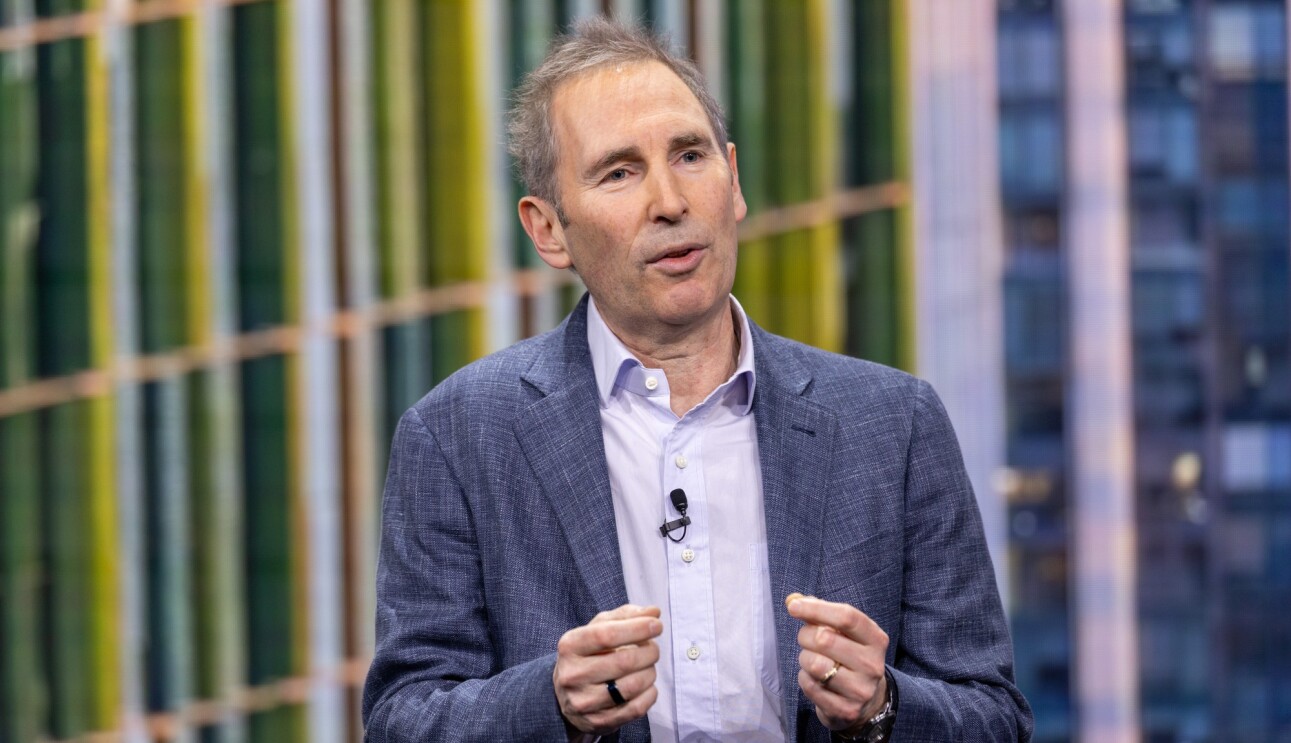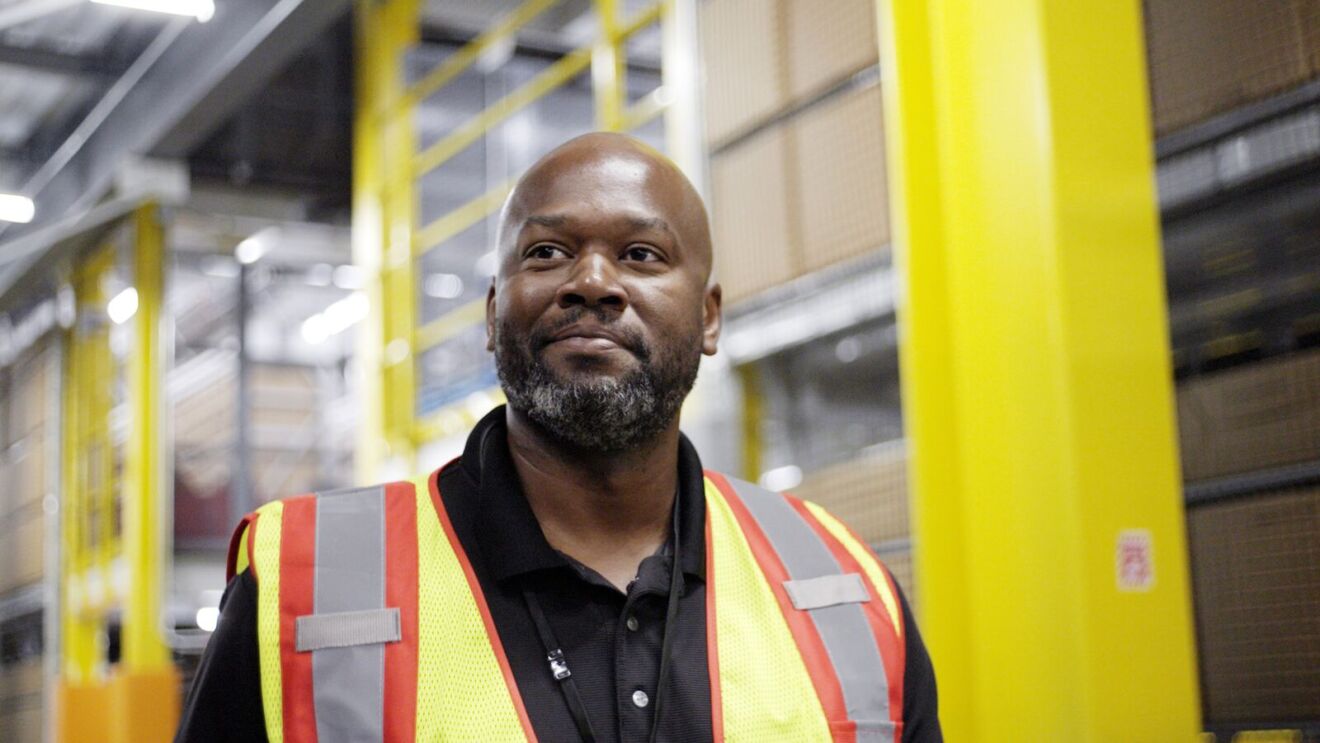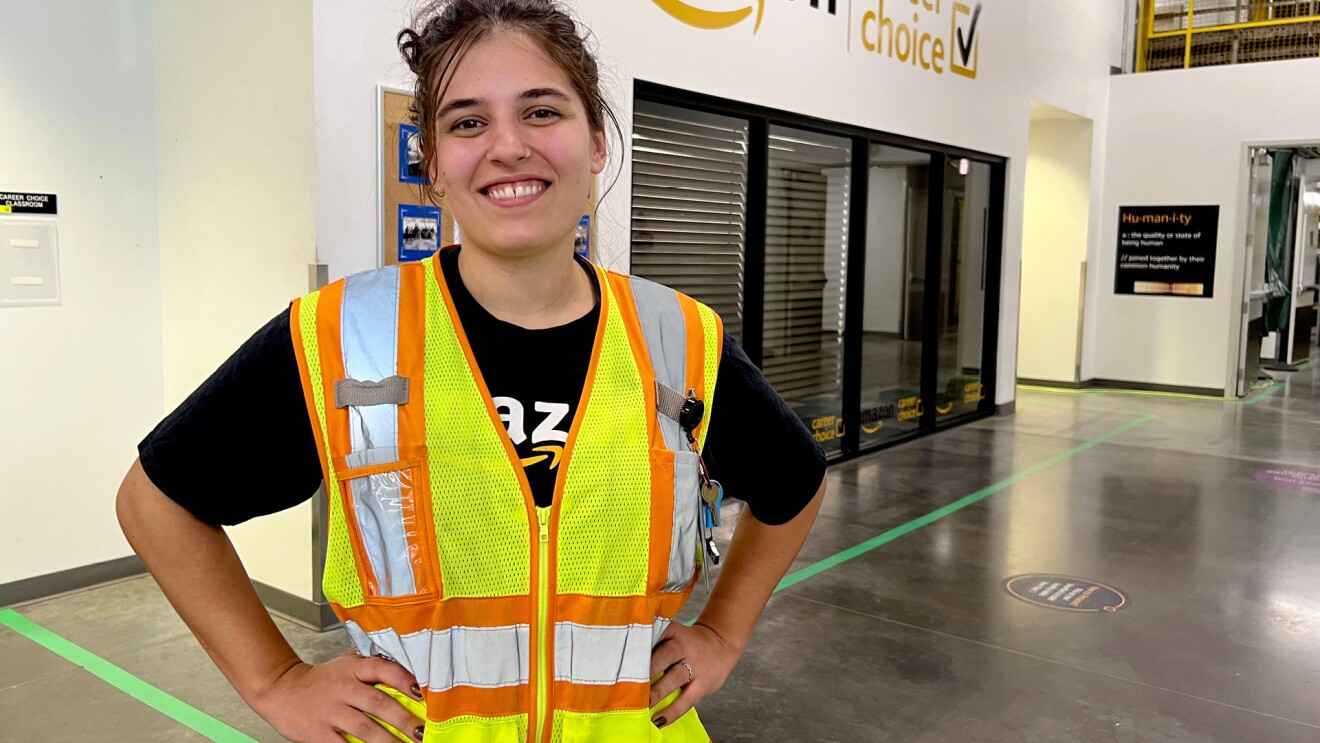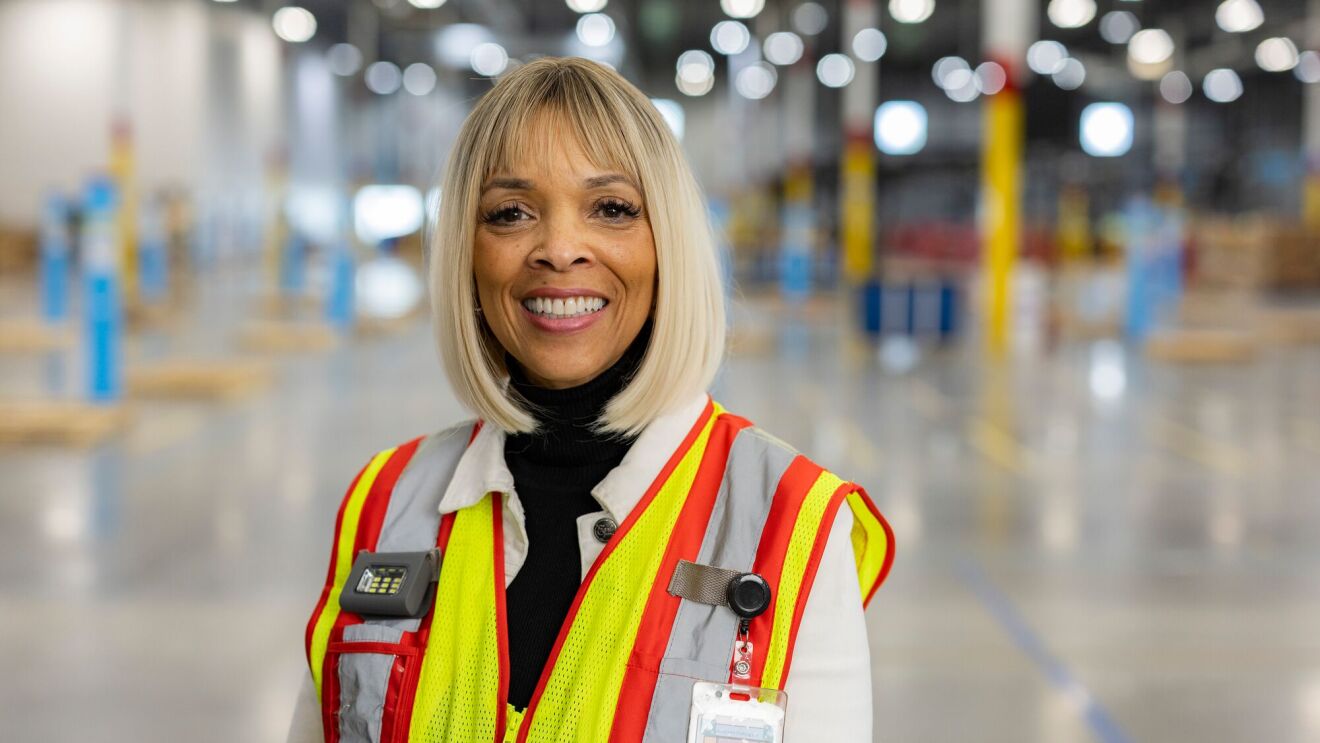"People either love working at Amazon or they don't." You've probably heard this, and there's definitely truth to it. But it doesn't mean that only one type of person fits in. There are Amazonians who deliver dramatic results partly by making Amazon a place where a broader range of people can thrive. Jules Graybill is one of them. He's collaborated with researchers, photographers, and other specialists whose performance would go unappreciated in a workplace locked into one-size-fits-all metrics.
It worked out fantastically, and we built a whole new team up around that. We got in this cycle of inventing, and there are now four or five different automated photo machines doing a lot of shots on Amazon. It's been this huge success
Jules Graybill
"When you have somebody like a photographer, they bring a lot of ideas about the best way to work," Jules says. "One guy's got the camera, and he's telling the model what to do, and there's the people standing there doing her hair, and there's a guy holding a fan. When you first see it, it just looks like waste, waste, waste. We think we know better than that at Amazon about operations and technology and process. But a lot of the photographer's ideas are better than the ones we have. And so actually figuring out how to separate those things out and get the best out of someone with a really unique job skill, I just love that challenge."
After taking a leave of absence for a couple of months when he became a dad, Jules accepted an offer to run the team that shoots product photos for Amazon.com. At the time, "it was about 28 days from when something would come in the door to when we'd have a picture online." Customers had to wait to see new products. So Jules and his team streamlined, and they were truly galloping when they got handed a seemingly impossible new goal: See if you can get 10 times faster, within a year.
They brainstormed. They learned from fruitful failure. Then one day, a photographer "bought a whole bunch of dowels and came back and built this wood model of a machine that could deliver 10x photo productivity," Jules says, still excited years after that breakthrough day. "It worked out fantastically, and we built a whole new team up around that. We got in this cycle of inventing, and there are now four or five different automated photo machines doing a lot of shots on Amazon. It's been this huge success."
Jules joined Amazon in 1999 as a web developer. He's grown into leadership roles on projects as varied as improving performance reviews and using cameras to eliminate much of the record-keeping employees do in our fulfillment centers. His innovations allow Amazonians to focus on what they do best – the human elements of building new things for customers.
Jules believes thriving at Amazon means knowing what to expect. "It's something I talk to new hires about a lot," he says. "They really are not used to being in an environment where they not only have to do a thing, but they have to build a tool to do the thing. If you're doing something new and interesting, we don't have the mechanisms to do it yet. And in a normal environment, you would feel like, 'Well, that must mean that this is not valued.'"
But the opposite is true. As Jules tells the Amazonians he manages and mentors, "This is why I want you here. Because this is so unique and different and important."


